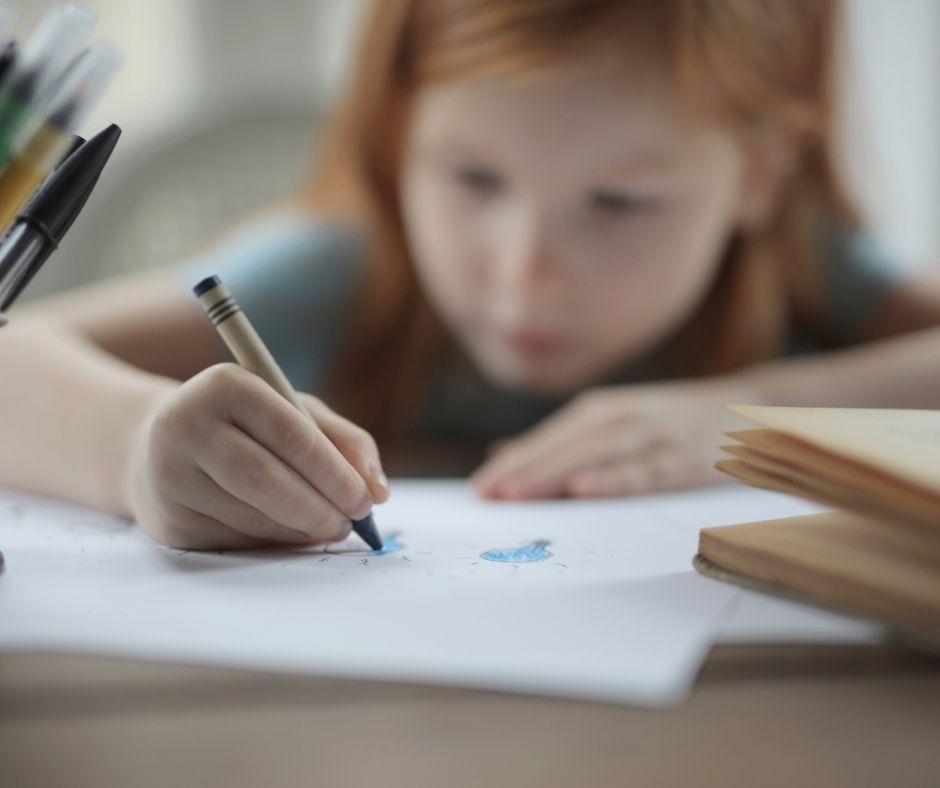
Positive changes to Inclusive Education Support Program (IESP) Funding
Over the last two years the Department for Education has introduced and refined the Inclusive Education Support Program (IESP) which provides funding to government schools to support children and young people with disability. Unlike some diagnosis-driven responses, the Department’s IESP model focuses on supporting a child’s functional needs (ie what they need to be able to participate and function in school) rather than their disability ‘label’, which may not always be simple to determine.
In our 2009-2019 education report released last year, we reported that a greater proportion of children and young people in care had learning disabilities compared to the overall government school student population, notably in speech and language skills. As well, the proportion of children and young people in care with an intellectual disability was over eight and a half times, and the proportion with complex social/emotional/behavioural needs was nine times, higher than the overall government school student population.
At the time, Guardian for Children and Young People, Penny Wright noted there needed to be more, targeted and skilled support for children in care in schools, particularly those with a disability or complex social, emotional or behavioural needs (which most often eventuates from their trauma) – in order to improve their academic outcomes.
Some recent, welcome changes to IESP funding have meant an increase in funding to better support children in care while they are at school and when they are moving between stages of education.
So what are these changes to the IESP?
The changes include:
- A $64 million increase, over the past 2 years, to the funding to schools and preschools for children with disability and complex needs
- Pausing IESP reviews of existing funding for individual students for at least two years (including pre-approved decreases) to allow for the consideration of feedback that has been received about the IESP. This may enable the program to be further streamlined and practice guidance developed for schools on how best to use the funding, and funding will continue in the meantime
- New applications or applications to vary the funding (because the child’s needs have changed) will still continue
- Funding to preschools, primary and secondary schools when a child in care transitions/moves to their school, to support the child’s transition (if the child is not already receiving individualised IESP funding)
- One-off funding to schools to support children and young people in care who are already enrolled in schools – with the idea that it will provide the school with ‘space’ to determine the best way to meet their individual learning requirements, including the specific needs of Aboriginal children in care
Some of the ways schools funding can be used to support children or students is:
- through supporting staff training in trauma-informed practice
- providing additional staff resources for individual children (such as allied health professionals, youth workers or Student Services Officers)
- offering targeted programs to support inclusion and belonging
- purchasing equipment and individual tools (sensory, calming)
- releasing staff from other duties to enable them to establish relationships with children, assess their functional needs and develop plans, facilitate support groups or lunchtime clubs or undertake professional development
Who is eligible to receive IESP funding?
Eligibility for IESP funding aligns with national disability legislation and guidelines, focussing on a child’s needs rather than their disability or learning difficulties – this includes mental health, trauma, complex behaviours and complex health care needs.
Schools will receive $3250 per child in care (if that child is not already receiving individualised IESP funding) to help support the child’s transition to their school, while preschools will receive $1000 per child in care.
Where can I get more information?
For more information visit the Department for Education’s website.
Looking forward
Based on future data we receive from the Department for Education and what young people tell us, we would hope to see significant improvements in participation and improved learning outcomes for children and young people in care who attend government schools, as a result of the new changes to the program.
Through this increased support, as well as the SA government’s recent announcement to phase out suspensions and exclusions in government schools, the Office of the Guardian looks forward to seeing some real and measurable benefits for young people in care and their education.
Stay tuned for our 2021 report looking into the education participation of children and young people in care who attend government schools, which is expected to be released mid-year.
